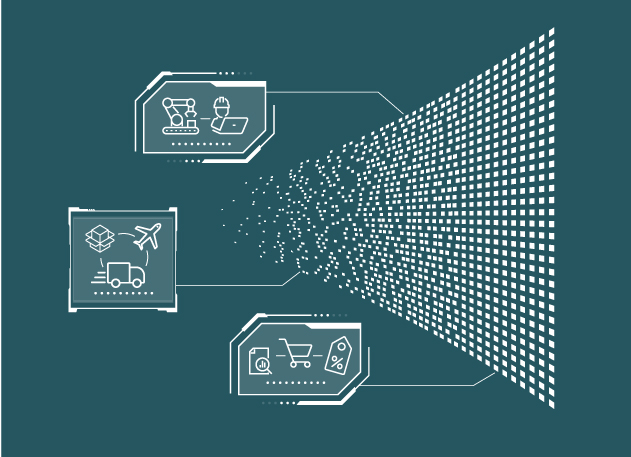Data on demand: Dynamic architecture for a high-speed age
The amount of data generated by businesses today has reached unprecedented levels following successive waves of digitalization across products, services, operations, and supply chains, and as a result of ubiquitous cloud computing technology. Data volumes are set to increase further still, as 5G leads to exponential growth in connectivity and makes largescale IoT deployments a reality. Yet harnessing and extracting value from data is what the World Economic Forum refers to as the next digital frontier," an ongoing challenge for organizations worldwide. Having the right architecture to store, structure, and analyze data is a critical foundation for higher levels of capability-using it to develop new products and services, solve business problems, and deliver value to internal and external customers.
This report explores how chief data officers and heads of data and analytics at leading organizations in North America, Europe, and Asia are building data infrastructures, services, and use cases that drive business value. It examines the tensions and trade-offs in different architectures and approaches, and the goals that data executives have for delivering data as a service" in the years ahead. The key findings are as follows:

- Companies are building enterprise data strategies along business value chains. Data chiefs are developing tailor-made architectures and platforms aligned to their organization's business model, goals, and key performance indicators. The business strategy will direct the amount of data integration required.
- Data leaders are analyzing existing and new data sets for hidden value. To solve business problems, create new capabilities, or offer deeper insights, analytics teams are continually searching for ways to integrate and connect data sets. This may involve breaking down organizational siloes and encouraging internal data sharing, or making sense of unstructured data sets and integrating these insights into process flows. There is also increasing interest in exploring how external data sets can be used to inform decisions.
- There are many decisions and trade-offs to be made regarding data architecture. Executives interviewed for this report say their data architecture has been through several evolutions. There is no one-size-fits-all and choices must be made, particularly about selecting data sets to integrate and how to provide access. Innovative approaches and technologies for meta-data management are emerging.
- Analytics teams must strike a balance between providing access and maintaining control. One of the significant tensions in data governance is providing transparency and access for those who need it, and robust controls that safeguard compliance. Architectures that are too open can, paradoxically, suffer from a lack of transparency over who is accessing what and why.
- A large cultural shift needs to occur for organizations to become data driven. For businesses seeking to embed insights and analytics capabilities, democratizing access to data is the first step. Yet many end users still don't have the tools and information they need. In other organizations, the amount of data being pushed at staff is overwhelming. Data executives are increasingly part of change management efforts, such as increasing workforce data literacy and designing appropriately pitched analytics tools.
Download the full report.